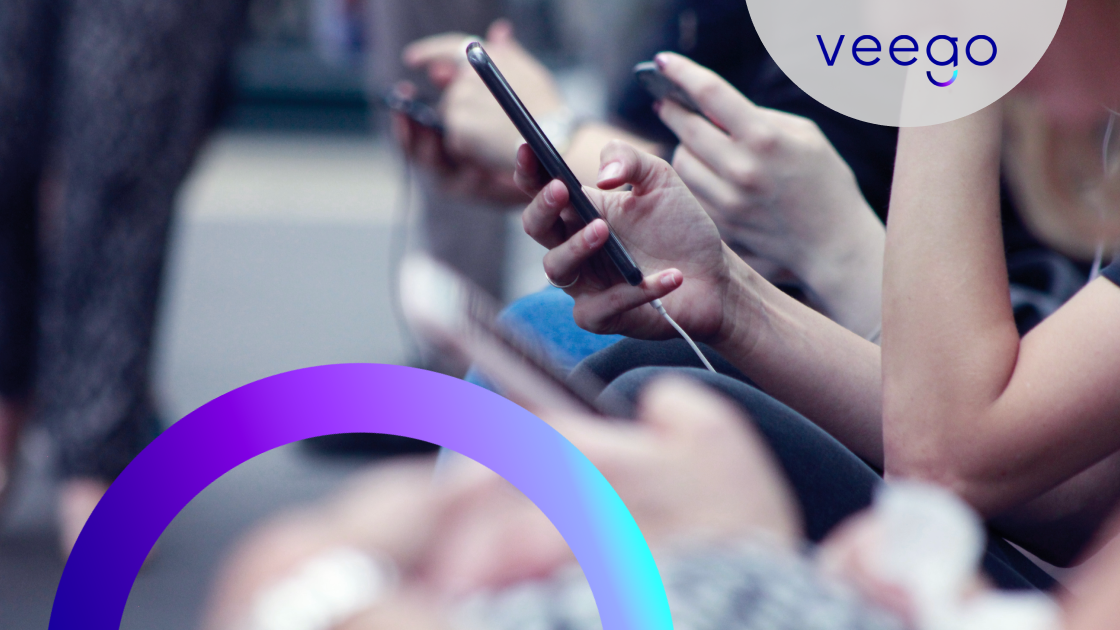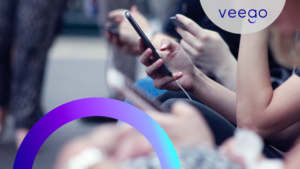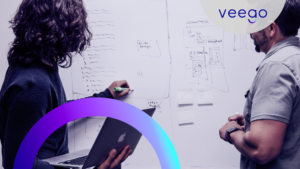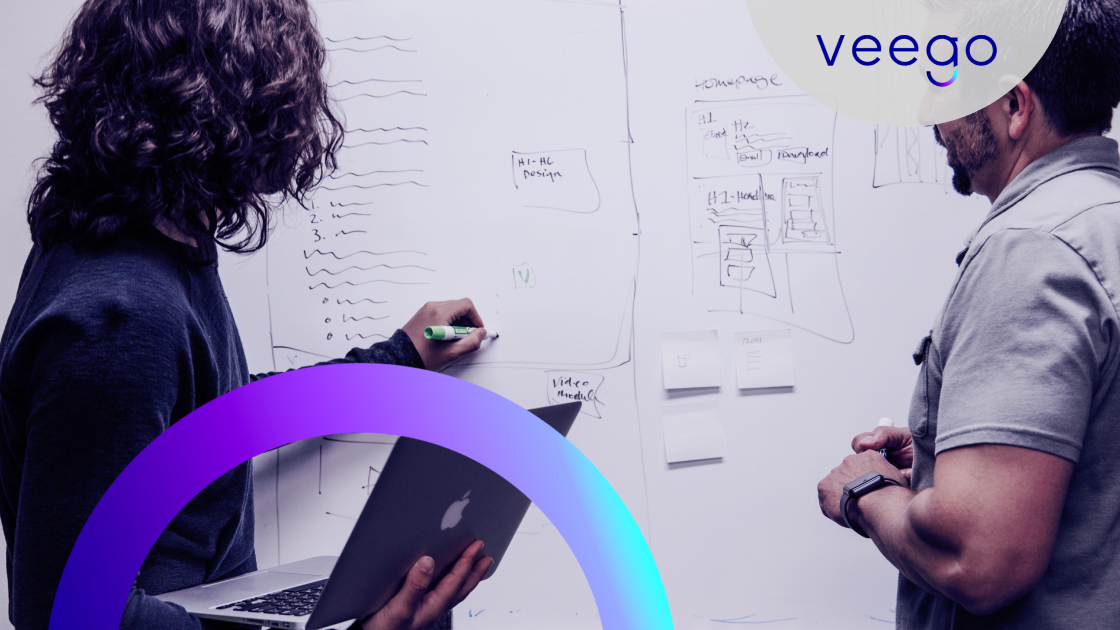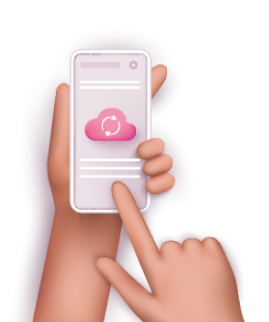Internet Service Providers (ISPs) are struggling to achieve visibility into the connected home so that they can measure the Quality of Experience (QoE) of their subscribers. To acquire a basic understanding of what connected users are doing, ISPs first need to know what devices are being connected to their internet router and the services these devices are using at any moment.
Veego uniquely does all that for them, automatically fingerprinting (identifying) the connected devices in the home and, in real time, determining the type of service (movie streaming, video conferencing, browsing the internet, music streaming, gaming, etc.) running on each device. We call that “Scoping”.
The Scoping capability is already a giant advancement that enables ISPs to know more about the usage patterns and a bit about the QoE of their subscribers. But, despite its very recent emergence, this level of visibility isn’t enough.
Veego is the only technology that offers complete end-to-end visibility that really allows ISPs to know what’s happening.
Delivering the Service
The service-delivery chain of internet services is rather complicated and lengthy. It looks like this:


Let’s examine the chain from the most distant to the closest to the user—left to right.
Cloud Service. Netflix, Zoom, Fortnite or most other widely used internet services are delivered from servers in the cloud. Let’s assume a streamed movie from Netflix for now.
Internet (WAN). The movie streams across the internet, sometimes traversing many thousands of kilometers, to get to the home.
Router. Movie packets enter the home via the router whose job it is to forward them to the consuming device over the in-home network.
In-Home Network (LAN). The router forwards to movie stream onto a wire, or, in most cases, into the air as a WiFi signal to be picked up by the receiving device.
Device. The movie is streamed to a smart TV.
User. Finally, the person who ordered the movie can watch it.
Problems along the way
A malfunction (problem or behavior anomaly) anywhere along the chain can upset the user experience. Let’s say that the specific Netflix server that is delivering the movie happens to be down or slow. The stream will be choppy or non-existent and the user will become frustrated with it. The internet service might be overloaded, causing slow service to the home. The router might be suffering CPU overload due to many simultaneous, competing demands on it. The stream might be going great guns until it becomes a WiFi signal where it encounters interference, perhaps due to other users overloading the band or channel or interfering with the signal. The smart TV itself might clash with a software bug from a recent, unsuccessful over-the-air update, causing halts and restarts.
Let’s not forget the role of user behavior. If the user is suffering a litany of problems, she might resort to rebooting the smart TV or the router. Is she doing that several times in a short period of time? Knowing that would sure be valuable information for the ISP.
Regardless of where the problem originates, users will usually assume that they are suffering an internet problem. They probably won’t contact Fortnite, Netflix or Zoom (whose Customer Care phone numbers aren’t readily available anyway); they will call their ISP. So, even if many problems aren’t within their realm of responsibility, ISPs require end-to-end visibility and insight to effectively handle these calls.
Seeing the entire picture
Veego is the only solution that provides complete, end-to-end visibility to the ISP—across the service-delivery chain all the way from the user to the cloud service. Upon noticing any problem in the QoE of any user session, Veego automatically jumps into action, diagnosing the root cause. It inspects the cloud service, tests the internet speed, looks at router performance, examines the current condition of the WiFi, checks on the device, and even looks for tell-tale signs of user frustration manifested in behavior.
Veego can perceive many problems even before users experience them. For example, if Veego notices a resource approaching a performance threshold that might affect a user session, it will initiate its analysis capability, ascertaining the root cause and its location along the service-delivery chain. It will transmit this valuable information to the ISP (and, if permitted by the ISP, directly to the user).
If the problem lies with a faulty device, Veego can inform the user and preempt a call to the ISP Customer Care. If the user calls anyway, the CSR can receive the call armed with knowledge that tells him whether the problem is within the ISP’s realm of responsibility or somewhere else.
Veego’s end-to-end visibility saves big bucks for ISPs and gives them awesome insights into what is actually happening to every session every moment.
Veego: don’t leave the connected home without it!
